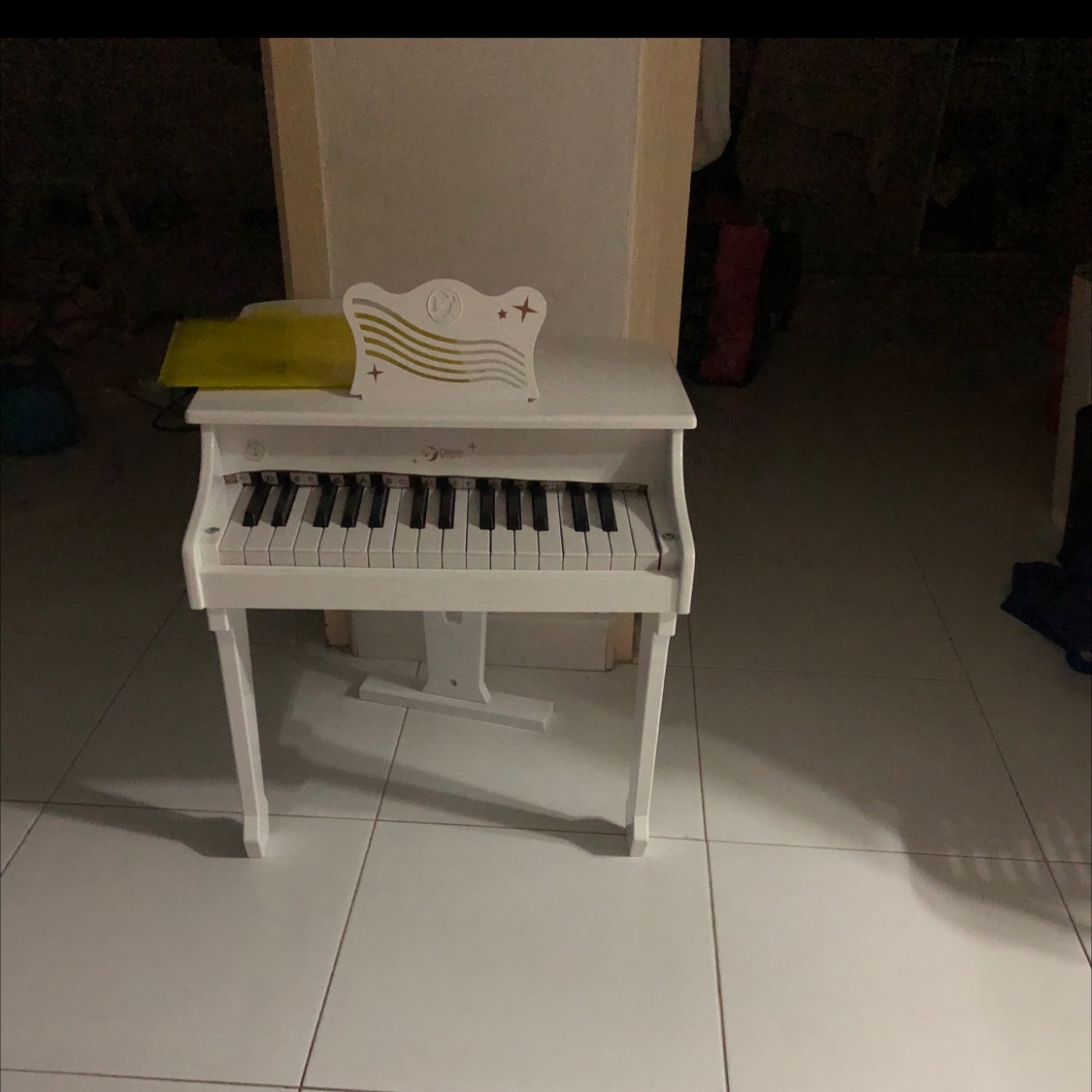
Jason138
No personal profile
9Follow
3Followers
0Topic
0Badge
Hints : market crash soon?
U.S. stocks end lower ahead of inflation report
FYI
Toplines Before US Market Open on Tuesday
Nice
Sorry, the original content has been removed
Hmmm
U.S. IPO Week Ahead: Digital Payments, Mental Health Services, And More In A Diverse 8 IPO
Unbelievable
The S&P 500 would be below 1,600 without these 3 pillars and those supports are now weakening
Believe still be good for value investing
Where Will Apple Stock Be In 10 Years? What To Consider
Buy buy. Don’t wait anymore
AMC Stock Is Surging Again. How to Make Sense of the Move.
Good job
EU regulator endorses Pfizer-BioNTech COVID-19 vaccine for adolescents
Hmmmm
Sorry, the original content has been removed
Y not. Crash more better
Sorry, the original content has been removed
Really effective or not
Moderna shares once gained more than 4%
Hmmmm
Sorry, the original content has been removed
For the first time. Lolz
Sorry, the original content has been removed
Just buy at dip. Hold on. Then sell it
Sorry, the original content has been removed
Already tip top liao
Walmart Reports Earnings Tuesday. Why Even a Beat Might Not Help the Stock.
Fear fear fear. Good bargain time
Wall Street ends with broad sell-off on spiking inflation fears
Bargain coming soon
Sorry, the original content has been removed
Please push up the oil price. Thanks
Oil prices move lower as traders assess impact of Colonial Pipeline shutdown
$People's United(PBCT)$Good return. Hehe
Job opportunity for certain sector and lost of job for certain sector.
U.S. hiring takes big step back as businesses scramble for workers, raw materials
Go to Tiger App to see more news